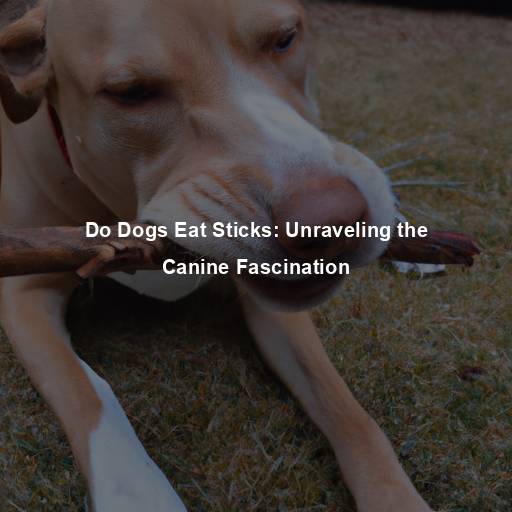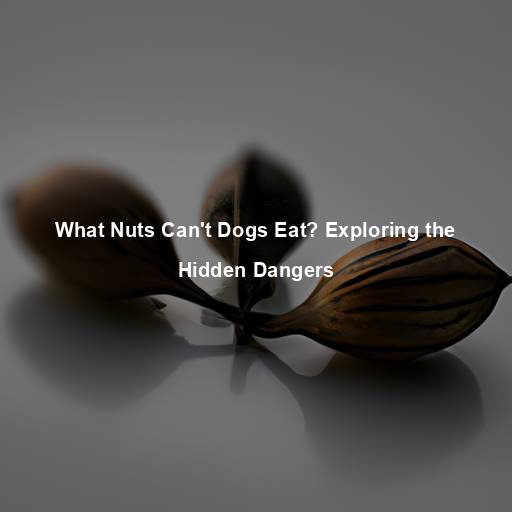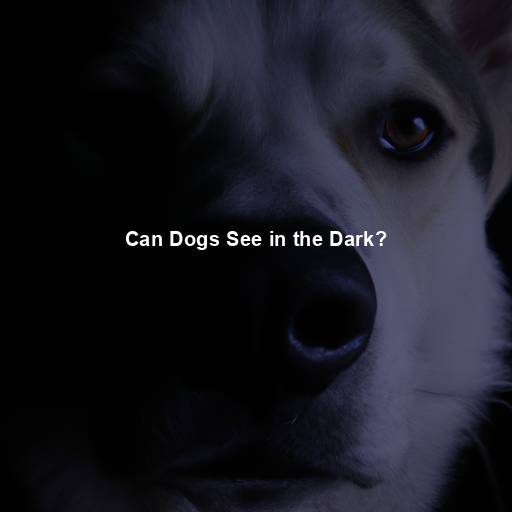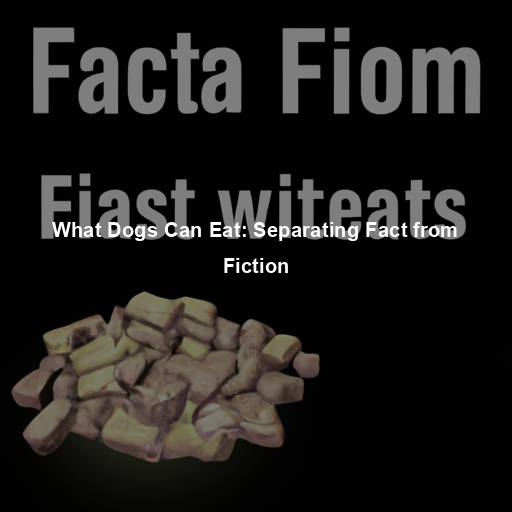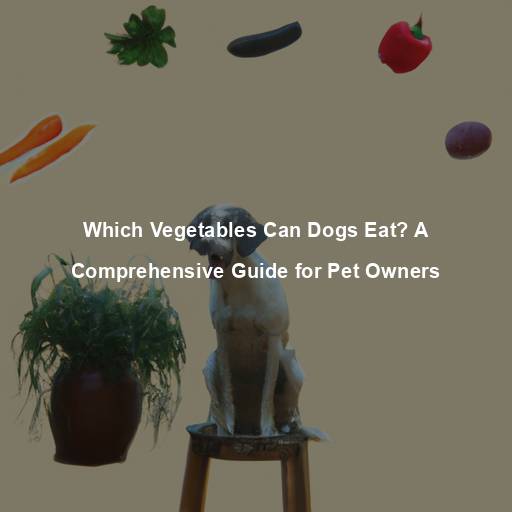Do Dogs Eat Sticks: Unraveling the Canine Fascination
Last Updated on October 29, 2023 by Evan
Contents [hide]
- 1 Exploring the Root of the Behavior
- 2 The Potential Dangers
- 3 Safe Alternatives and Management
- 4 Understanding our Canine Companions
- 5 Our Four-Legged Friends: A Constant Source of Wonder
- 6 The Role of Anxiety and Stress
- 7 Canine Nutrition and Dietary Considerations
- 8 Maintaining a Safe Environment
- 9 FAQs – Do Dogs Eat Sticks?
- 9.1 Can dogs eat sticks?
- 9.2 Why do dogs chew on sticks?
- 9.3 What health problems can result from dogs eating sticks?
- 9.4 Are there any safer alternatives for dogs who like chewing on sticks?
- 9.5 What should I do if my dog accidentally swallows a stick?
- 9.6 How can I discourage my dog from chewing on sticks?
- 9.7 What if my dog swallowed a stick and is showing signs of distress?
Exploring the Root of the Behavior
The Curious Canine Palate
Dogs, our loyal companions, never cease to surprise us with their fascinating behaviors. One peculiar habit that many dogs possess is their inexplicable attraction to sticks. Whether it be during a leisurely walk in the park or a playful romp in the backyard, dogs seem to have an innate desire to chew on sticks. But why do they do it?
Instincts at Play
As descendants of wolves, dogs share several instinctual traits with their wild ancestors. One such behavior is the inclination to chew on objects, which stems from their natural hunting and foraging instincts. In the wild, wolves would gnaw on bones and sticks to keep their teeth clean and jaws strong. This instinctual behavior has been passed down through generations, ingrained in the DNA of our beloved canine friends.
Dental Health and Hygiene
Did you know that dogs have a secret weapon for maintaining their dental health? It turns out that chewing on sticks can actually help to keep their teeth clean and free from plaque and tartar. The rough texture of sticks acts as a natural toothbrush, removing any build-up that may occur over time. However, while stick-chewing can be beneficial, it’s important to be cautious as excessive chewing on hard objects can pose risks like broken teeth or gum injuries.
The Potential Dangers
Splintering Hazards
There’s just something about sticks that captures a dog’s undivided attention, but let’s not overlook the hidden perils lurking within this innocent fascination. These seemingly harmless pieces of wood have a dark side, easily splintering and transforming into treacherous objects that can wreak havoc on a dog’s delicate mouth, throat, and digestive system. The aftermath? The potential for painful lacerations, puncture wounds, and the dreaded infection that follows, endangering not only their external well-being but also their precious internal organs.
Choking and Obstruction Risks
Another perilous consequence of stick chewing is the risk of choking or intestinal obstruction. Dogs, in their enthusiasm, may bite off a larger piece of stick than they can handle, leading to choking hazards. Moreover, if a dog swallows a sizable chunk of stick, it can obstruct their digestive system, causing severe discomfort and necessitating immediate veterinary intervention. Precautionary measures must be taken to prevent such incidents and safeguard our canine friends.
Safe Alternatives and Management
Redirecting the Chewing Instinct
When it comes to our furry friends and their incessant stick-chewing tendencies, it’s time to reframe the situation. Instead of simply saying “no” to sticks altogether, why not offer up a delicious array of appealing alternatives? Enter the world of chew toys – specifically crafted to cater to our canine companions’ primal need to gnaw. Opt for sturdy options crafted from rubber or nylon, ensuring a safe and splinter-free experience.
Engaging in Active Play
Dogs often engage in stick-chewing behavior when they are bored or seeking attention. To prevent them from fixating on sticks, it’s essential to provide them with ample physical exercise and mental stimulation. Regular exercise, interactive play sessions, and obedience training can help channel their energy into more productive outlets. By keeping them mentally and physically engaged, we can reduce their inclination to chew on sticks out of sheer boredom.
Positive Reinforcement
Promoting an environment of safe and harmonious stick-free zones for our furry friends requires a strategic approach. The power lies in teaching our dogs the valuable “leave it” or “drop it” command, which acts as a shield against their impulse to chew on sticks. Acknowledging their obedience with a well-deserved dose of praise, treats, or playtime acts as a powerful reinforcement, paving the way for a stick-free future that benefits both man and canine companion. Consistency and unwavering patience serve as the resilient foundation for this transformative training endeavor, cultivating an atmosphere of well-being and joy for our beloved pets and their devoted owners.
Understanding our Canine Companions
Individual Variations and Personality Traits
In the enchanting world of canines, there exists a mesmerizing tapestry of personalities eager to be unraveled. From the whimsical wag of a tail to the intricate patterns of behavior, dogs are as diverse as the kaleidoscope of humanity. Just as some playful pups feel an irresistible pull towards chewing on sticks, others may venture down a different path, finding solace in a realm untouched by woody allure. By cherishing these idiosyncrasies, we embark on a journey of profound connection, bridging the gap between human and hound, unveiling the secrets of their individual desires, and crafting a tailored approach to their every whim.
Seeking Professional Guidance
When your furry friend’s stick obsession starts going overboard or causing constant concern, it’s time to turn to the pros for a little guidance. Connect with a knowledgeable veterinarian or certified animal behaviorist who can offer priceless insights into your dog’s unique situation. They’ll dive deep into the root causes of this perplexing behavior and create a customized plan to tackle it head-on. Say goodbye to stick-related worries as you embark on a journey towards effective management and redirection for your beloved canine companion.
Our Four-Legged Friends: A Constant Source of Wonder
Celebrating the Canine Spirit
Delving deep into the enigma surrounding the mysterious stick-eating tendencies of our beloved canines, we find ourselves entranced by the many fascinating facets of our furry companions. They consistently bewilder us with their charming idiosyncrasies and inexplicable actions. Amid the perplexity, it becomes evident that the act of engaging in this ancient instinct could stem from their primordial lineage. As conscientious guardians, it is imperative for us to safeguard our precious pets by comprehending the motivations behind this behavior and employing apt strategies to ensure their utmost safety and happiness.
Note: The information provided in this article is for educational purposes and should not replace professional veterinary advice. If you have concerns about your dog’s behavior or health, consult with a qualified veterinarian.## Exploring the Role of Boredom
Boredom as a Trigger
Boredom can often be a significant contributing factor to a dog’s inclination to chew on sticks. Dogs, especially those with high energy levels or breeds prone to boredom, may resort to stick chewing as a way to alleviate their restlessness. This behavior provides them with a temporary distraction and mental stimulation. Therefore, it becomes crucial for pet owners to ensure that their dogs receive enough physical exercise, mental enrichment, and quality time with their human companions.
Enrichment Activities
Keeping our furry companions entertained and engaged is essential to their overall well-being and mental stimulation. Instead of relying on sticks as their main source of distraction, there are various enrichment activities that can captivate their attention and challenge their problem-solving skills. Puzzle toys, interactive feeding toys, and engaging scent games are just a few examples of the myriad options available. Additionally, supervised playdates, agility training, and participation in canine sports can provide an outlet for their energy and provide a fulfilling environment.
The Role of Anxiety and Stress
Anxiety-Induced Chewing
Just as humans may resort to certain habits or behaviors when experiencing anxiety or stress, dogs may turn to stick chewing as a coping mechanism. Anxiety can stem from various factors, such as separation anxiety, fear, or changes in their environment. When feeling anxious, dogs may seek comfort by chewing on sticks. It’s important for pet owners to identify the underlying cause of anxiety and address it appropriately.
Stress Reduction Techniques
Finding ways to alleviate stress in dogs can have a profound effect on their tendency to chew on sticks. Incorporating daily exercise, like brisk walks or engaging playtime, not only helps release feel-good endorphins but also reduces stress levels. Introducing calming techniques such as gentle massages, the use of soothing aromatherapy, or playing relaxing music can create a serene environment for dogs. Establishing a consistent routine and providing a stable living space can also help alleviate stress and reduce the urge to chew on sticks.
Canine Nutrition and Dietary Considerations
Nutritional Deficiencies
Have you ever wondered why your furry friend can’t resist munching on sticks every time you take them for a walk? Well, it turns out that this peculiar behavior might actually be a sign of nutritional deficiencies. Just like us humans, our four-legged companions have specific dietary requirements that need to be met to ensure their overall well-being. If you notice your dog’s obsession with sticks, it may be worth consulting with a veterinarian or a canine nutritionist to assess their diet and make any necessary adjustments.
Food Puzzles and Treats
Finding a way to distract your furry friend from their stick chewing obsession can be a real puzzle, but fear not – we’ve got the solution! Meet the latest trend in pet enrichment: food puzzles and interactive treat-dispensing toys. These innovative gadgets not only keep your pup entertained, but they also require some furry brainpower, giving them a mental workout. By filling these toys with nutritious treats or a portion of their regular meal, you’ll be tapping into their primal instincts and effectively diverting their attention away from those pesky sticks.
Maintaining a Safe Environment
Yard and Walking Precautions
To ensure the safety of our dogs, it’s crucial to maintain a secure environment both indoors and outdoors. In the yard, regularly inspecting the area for any stray sticks or debris can prevent dogs from accessing tempting chew objects. During walks, keeping a close eye on our surroundings and steering dogs away from stick-laden areas can minimize the risk of ingestion or injury. Utilizing a well-fitted harness or muzzle, if necessary, can also provide an extra layer of safety and control.
Training and Supervision
When it comes to our precious pooches and their affinity for nibbling on nature’s offerings, instilling a firm grasp of the “drop it” or “leave it” command is of utmost importance. Deploying a range of positive reinforcements, like lavish praise, delectable treats, or engaging playtime, can work wonders in fortifying this vital training and coaxing them to relinquish their oral fixation with sticks when instructed. Maintaining a watchful eye, particularly during walks or frolic-filled playdates, paves the way for swift intervention should their stick-chewing inclination rear its perplexing head. By actively involving ourselves in their behavioral management, we foster an environment that emits safety and harmony for our beloved furry family members.
FAQs – Do Dogs Eat Sticks?
Can dogs eat sticks?
Let’s dig into the age-old debate: should our beloved furry friends indulge in the earth’s natural chew toy, aka sticks? While it may seem innocuous at first glance, allowing our dogs to gnaw on these seemingly harmless twigs can transform into a pet parent’s worst nightmare. With the potential for splintering, these wayward sticks can wreak havoc on our canine companions’ oral health, posing risks to their delicate mouths, throats, and even their precious digestive systems. Consuming these wooden hazards in substantial or pointed fragments might lead to perilous consequences such as choking, debilitating blockages, or in worst-case scenarios, perilous internal injuries.
Why do dogs chew on sticks?
Dogs may chew on sticks out of boredom, playfulness, or as a way to relieve teething discomfort. They may also be imitating natural instincts, such as hunting or foraging behaviors. However, it is important to redirect this behavior to more appropriate chew toys or treats to ensure their safety and prevent any health issues.
What health problems can result from dogs eating sticks?
When our furry friends decide to munch on sticks, they inadvertently plunge themselves into a world of potential health hazards. The jagged edges and tiny fragments can stealthily lodge themselves in the delicate passages of their mouths, throats, and even their insides, causing a whirlwind of distress and potential blockages. This, in turn, may necessitate the intervention of medical professionals, who might have to take drastic measures, such as surgical procedures, to release the grip of these menacing invaders and pave the path to recovery for our beloved canines.
Are there any safer alternatives for dogs who like chewing on sticks?
When it comes to our furry chewing companions, safety is paramount. Fortunately, there are plenty of alternative options that can keep our dogs entertained and ensure their well-being. From robust chew toys tailored for dogs to natural dental treats geared towards satisfying their gnawing desires while promoting dental hygiene, there is a wide array of choices to suit every pup’s preference. So, let’s prioritize their health and happiness by redirecting their chewing instincts in a secure and fulfilling manner.
What should I do if my dog accidentally swallows a stick?
If your dog accidentally swallows a stick, it is important to seek veterinary assistance immediately. Contact your veterinarian and describe the situation in detail. They will provide guidance on how to proceed, depending on the size and sharpness of the stick ingested, as well as your dog’s overall health. Do not induce vomiting or attempt to remove the stick without professional guidance, as this can cause further harm.
How can I discourage my dog from chewing on sticks?
To discourage your dog from chewing on sticks, offer them plenty of appropriate chew toys and treats that are safe for them to gnaw on. Engage them in regular exercise and mental stimulation to alleviate boredom. Supervise your dog when outdoors and redirect their attention to more suitable items if they show interest in sticks. Consistent training and positive reinforcement can also help teach them to leave sticks alone.
What if my dog swallowed a stick and is showing signs of distress?
If your dog swallowed a stick and is showing signs of distress, such as choking, gagging, difficulty breathing, vomiting, drooling excessively, or acting lethargic, it is crucial to seek immediate veterinary care. These can be indications of a serious blockage or injury that require urgent attention to prevent further complications and ensure your dog’s well-being.

